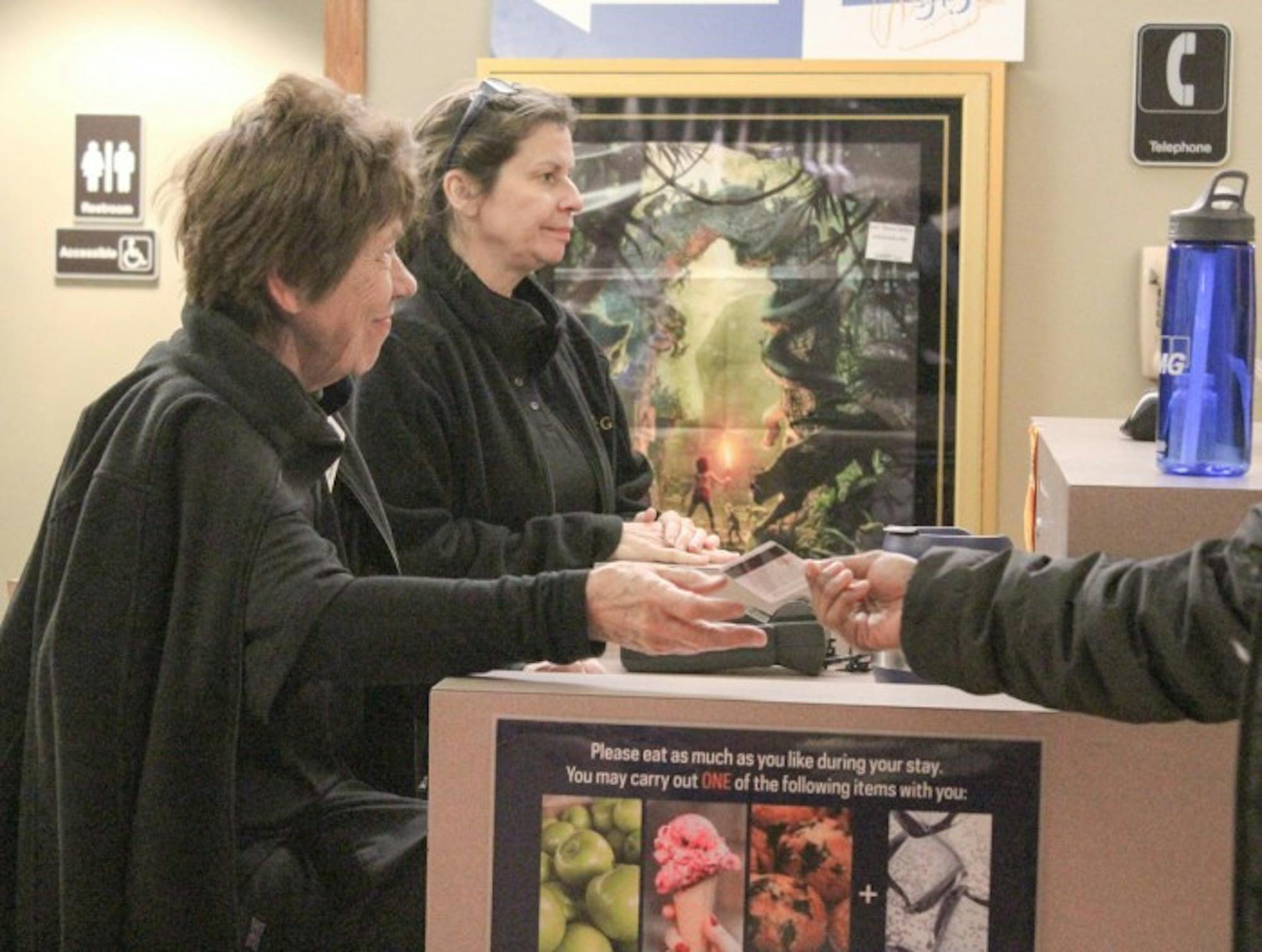A number of updates are in store for Notre Dame’s campus by time the fall 2017 semester starts: Campus Crossroads is projected to be finished, North Dining Hall and Hesburgh Library will be undergoing renovations, and, according to Irish1Card program director Daniel Tormey, all students will receive new ID cards.
“Lots of people have their card, they don’t think about their card that much, it’s just their ID card,” Tormey said. “They need it for their residence hall, they need it to eat, but other than that they don’t give it much thought. ... Faculty and staff think about it even less. But, what we’re trying to do is make things more secure.”
To do so, the University will be switching from cards with magnetic strips to using “smart cards” that contain a chip in addition to the magnetic strip.
“[Magnetic strips are] reliable, but it’s not always the most secure, and you’ll find a lot of schools are moving away from the [magnetic strips] or are starting to look at smart card technology and how to incorporate that into their programs,” he said. “That’s what we’re doing. This new card will have a smart chip in it, and for students or staff, instead of handing over your card to swipe it, you’re just going to tap it on a reader. The technology there is much more secure than swiping it and just reading that information off.”
While Tormey said the Notre Dame card system was “reliable,” its roots in food services and campus dining meant that it wasn’t as much of a “campus-directed enterprise” as at peer institutions.
“You really need a system in place that supports the use of mobile tablets for doing attendance and event verification and those sorts of things,” he said. “There’s lots of functionality that exists out there, and you really need a system that’s scalable enough that you can adopt these certain technologies, and that’s been our struggle for the last few years.”
In addition to switching to smart cards, flex point and Domer Dollar accounts will be accessible through GET, which Tormey described as an “online card office” students can reach from a mobile app.
“What we have now works, but it’s been pieced together over the years, whereas this is something that’s easier to support and is much more consistent with the way we’re taking things,” he said.
There are two other main changes Tormey said students will notice. Students will be able to submit a photo for their IDs, rather than taking one during move-in, and students who live in residence dorms that have internal card readers will be able to use their IDs to enter their rooms.
“A lot of the stuff we’re moving towards is kind of back-end technical advancement or development,” he said. “It’s not the type of thing a user is going to see and say ‘That’s really helpful to me.’ It is, in the sense that it’s making things more secure and setting things the way they need to be.”
To replace one of the current ID cards costs $30, which Tormey does not expect to change right away, although no decisions have currently been made.
“I can say now, honestly, we haven’t had the discussion about it,” he said. “Not that it’s not a concern, but it’s just not the priority decision for us because right now we have a lot of work to do in a short amount of time. That’s where our focus is right now. … For the time being, $30 is probably where it’s going to stay, at least at first.”
To kick-off the ID change on campus, Tormey said campus will be able to vote on a new design for the card in early January.
“We worked with marketing communications to come up with three designs for the card, and the idea is that we’d open up the voting initiatives to all of campus: students, faculty, staff, anyone who wants to vote,” he said.
Editor's note: a previous version of this story incorrectly stated that the new cards would not have magnetic strips. The new cards will have both a magnetic strip and a smart chip. There will be a period of transition during which both technologies will be used.
Notre Dame to roll out new ID card program
Rosie LoVoi
A monitor at North Dining Hall swipes a student in for dinner. Student and faculty ID cards will contain chips rather than magnetic strips to increase security starting next school year.









